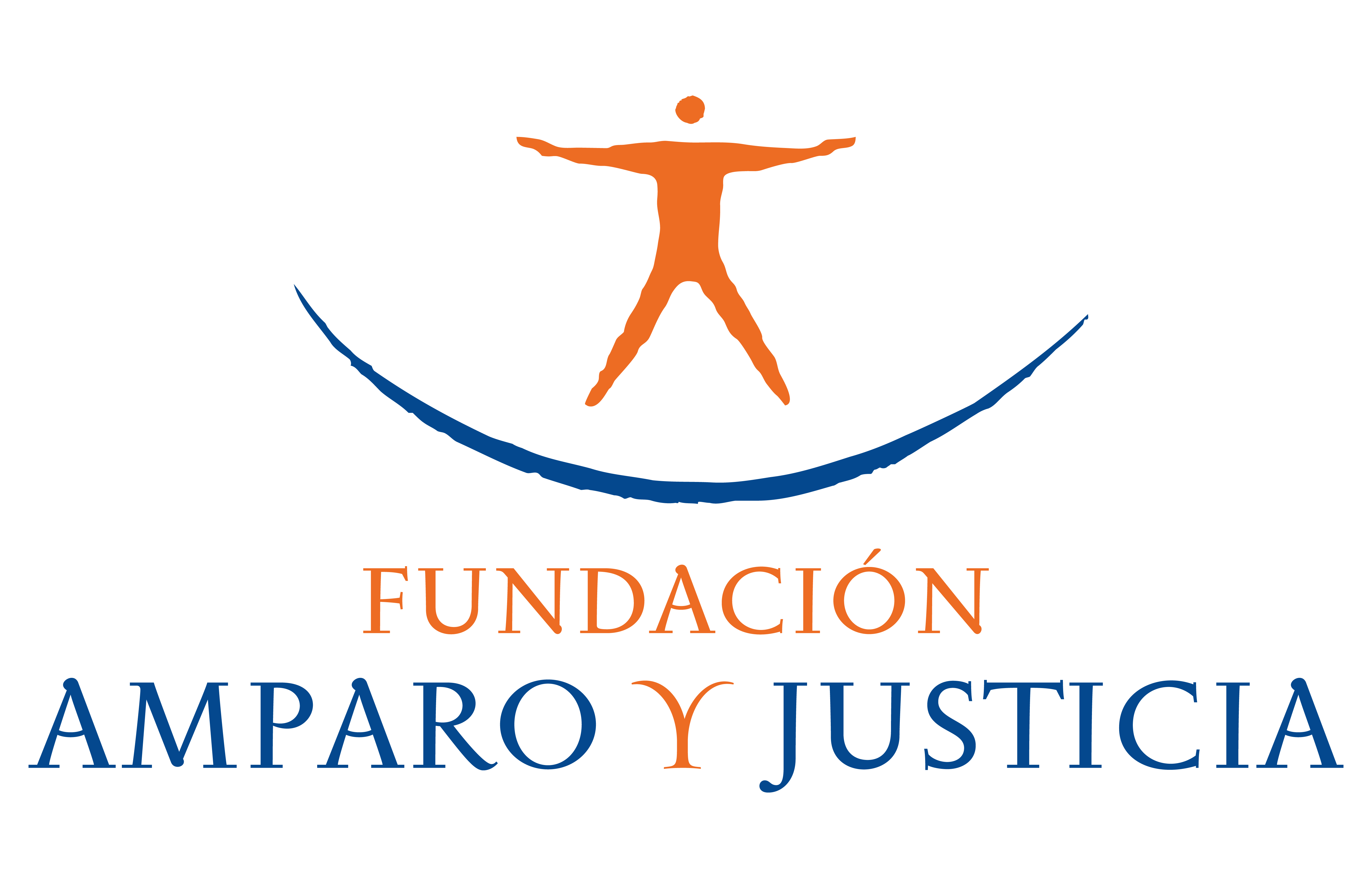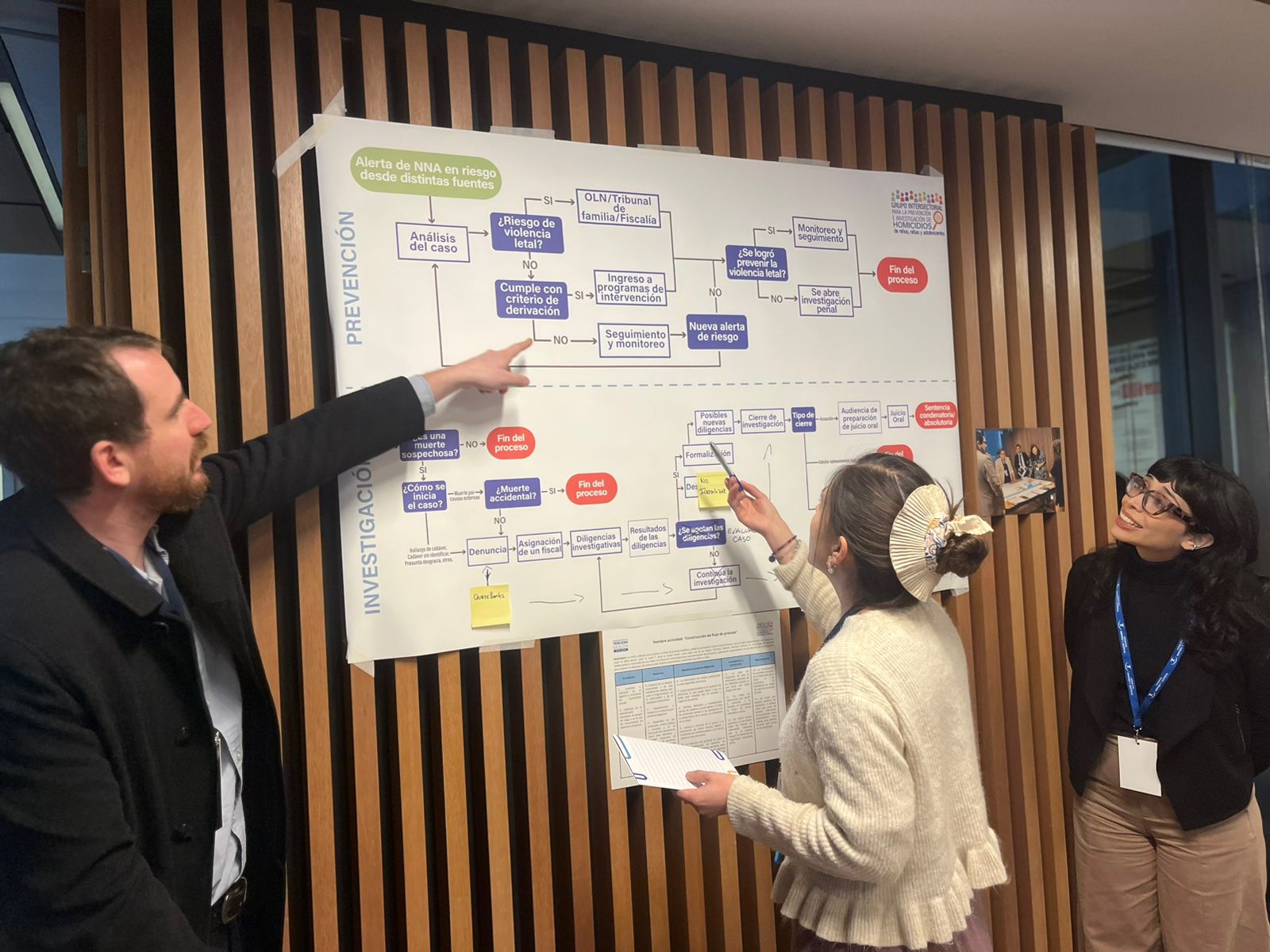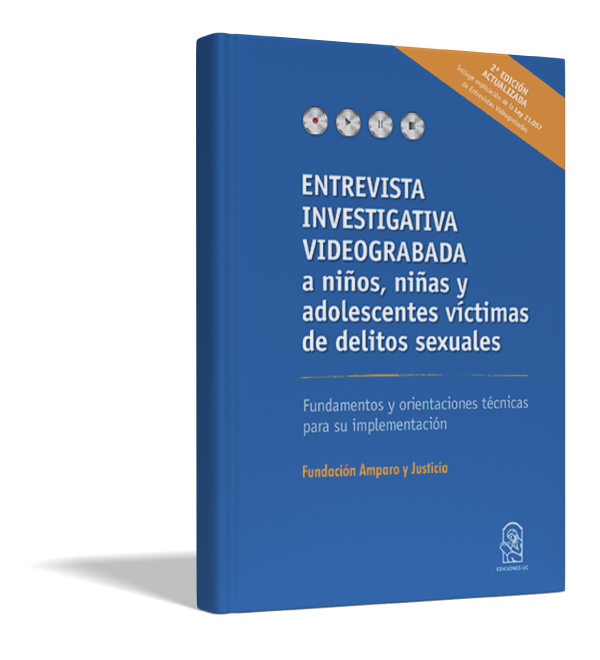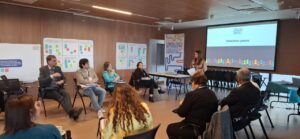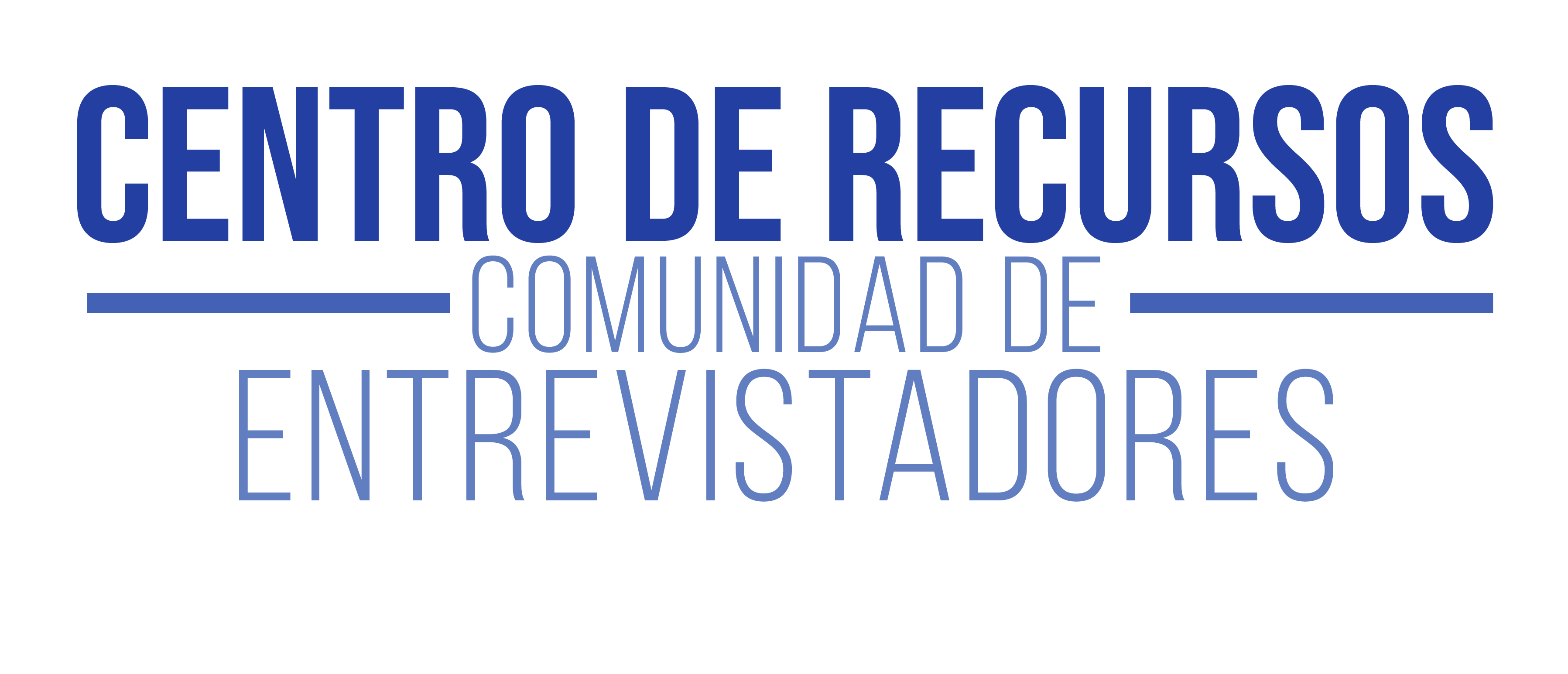With a collaborative approach, the eighth session of the Intersectoral Group marked the conclusion of the diagnostic phase—a key milestone in moving toward the design of solutions to improve the institutional response to suspicious deaths and homicides of children and adolescents.
On Thursday, July 10, the eighth session of the Intersectoral Group for the Prevention and Investigation of Homicides of Children and Adolescents was held. This initiative is coordinated by Fundación Amparo y Justicia and involves the participation of various public institutions. This session aimed to validate and refine the outputs generated in previous meetings, consolidating the findings that were jointly developed throughout the diagnostic process.
In the previous sessions, the group developed a diagnosis of the current state of the system in response to suspicious deaths and homicides of children and adolescents, addressing both the preventive and investigative aspects. The eighth session aimed to consolidate the findings and move toward a final version of the diagnostic report, which will serve as the foundation for the next stage: designing solutions.
Carolina Sobarzo, sociologist at Fundación Amparo y Justicia and coordinator of this initiative, explains: “The session aimed to validate and refine all the outputs we developed during five sessions dedicated exclusively to the diagnostic phase. We reviewed the results and made the necessary adjustments, understanding that the process itself also generates learning, which can shift initial perceptions and require changes to the materials we’ve been working on.”
Regarding the evolution of the intersectoral work, Carolina Sobarzo highlights: “From the beginning, there were certain elements that the institutions identified in common, which have been reinforced over time. But new findings have also emerged as a result of collective reflection. Additionally, one of the main achievements has been the consolidation of the group as a team with a strong awareness of the importance of intersectoral coordination and a clear understanding of the issues to be addressed. That will be key for the next phase: designing solutions.”
Regarding the methodology used in this process, the sociologist from Amparo y Justicia explains: “We were guided primarily by the methodologies promoted by the Government Lab, and we also incorporated tools from the fields of design and technological innovation. These approaches allow us to address complex problems in a participatory and agile manner, directly involving those who carry out the actions.”
With this session, the group concludes a key milestone in its work, strengthening the foundation for the co-creation of solutions to improve the system’s response to these serious crimes.
